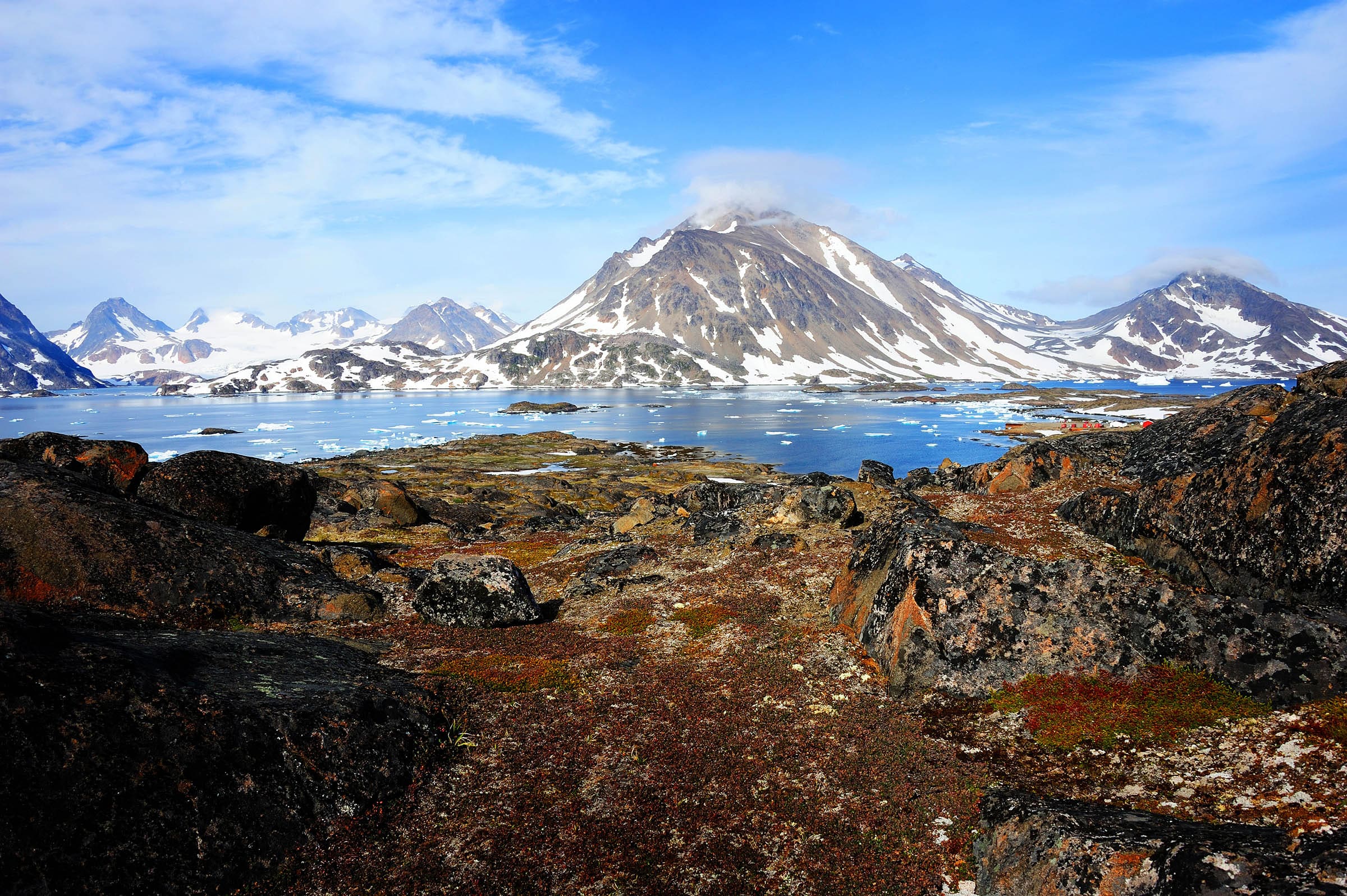Technology
Greenland Glaciers Melting Twice as Fast this Century, Study Finds

Comparing Aerial Photographs
A new study has revealed that Greenland glaciers are retreating twice as fast this century as the last. The revelation came after scientists compared new aerial photographs of the region with those taken during the Second World War.
Impact on Sea Level Rise
Greenland is currently home to roughly 20,000 peripheral glaciers. Many of these glaciers are melting faster than the country's massive ice sheet, contributing to one-fifth of the sea level rise over the past century.
Historical Comparison
Laura Larocca and a team of researchers compared photographs taken between 1943 and 1987 to determine the extent of glacier retreat. They found that the Greenland glaciers had receded roughly 7.7 meters a year on average between 1890 and 1999. In the last two decades, however, the glaciers appear to have receded 14.8 meters on average per year. This significant increase highlights the impact of global warming on these important glaciers.
Accelerated Retreat
The increase in glacier retreat is attributed to rising temperatures around the world, which many believe are fueled by human-driven climate change. This accelerated retreat is occurring across Greenland, regardless of the diversity of climate zones in the region.
Early Warning Sign
While glaciers react quicker to climate change than ice sheets, the concern is that the melting of these glaciers serves as an early warning system for the potential catastrophic retreat of the ice sheet. If ice sheets worldwide were to melt, it could lead to a terrifying 20-foot increase in sea level, devastating coastlines globally.
Volume of Changes
It is important to note that this study only examines the area affected by glacier changes, not the volume of changes. Understanding the full extent of the melting and its consequences is crucial in addressing the impact of climate change.
Hey there! I’m William Cooper, your go-to guy for all things travel at iMagazineDaily. I’m 39, living the dream in Oshkosh, WI, and I can’t get enough of exploring every corner of this amazing world. I’ve got this awesome gig where I blog about my travel escapades, and let me tell you, it’s never a dull moment! When I’m not busy typing away or editing some cool content, I’m out there in the city, living it up and tasting every crazy delicious thing I can find. Join me on this wild ride of adventures and stories, right here at iMagazineDaily. Trust me, it’s going to be a blast! 🌍✈️🍴